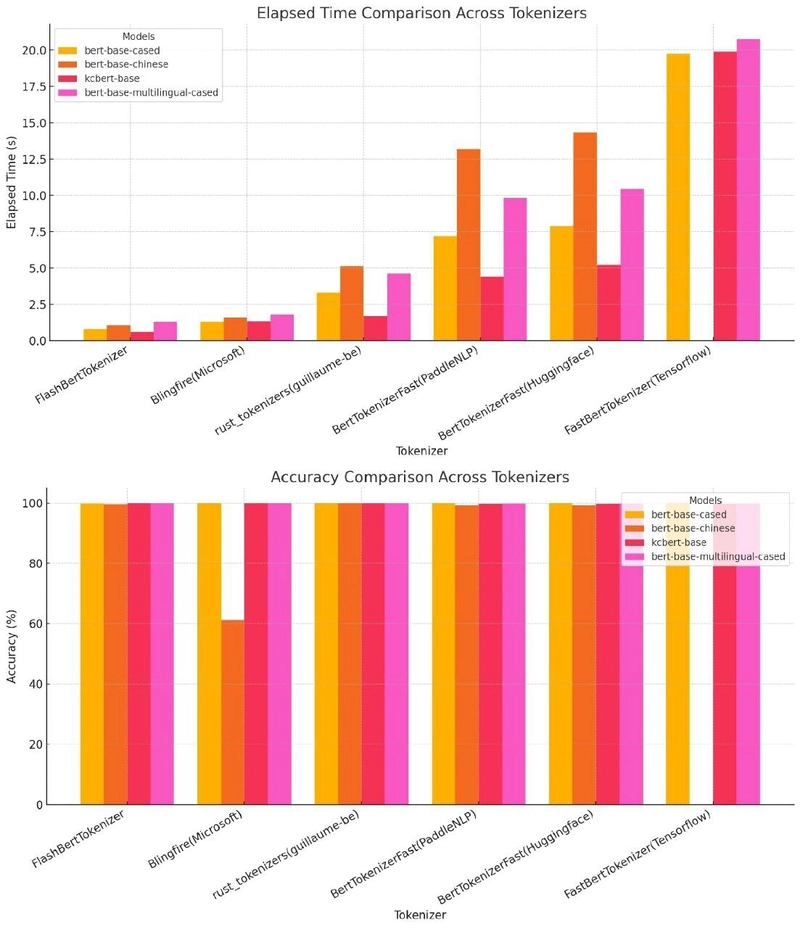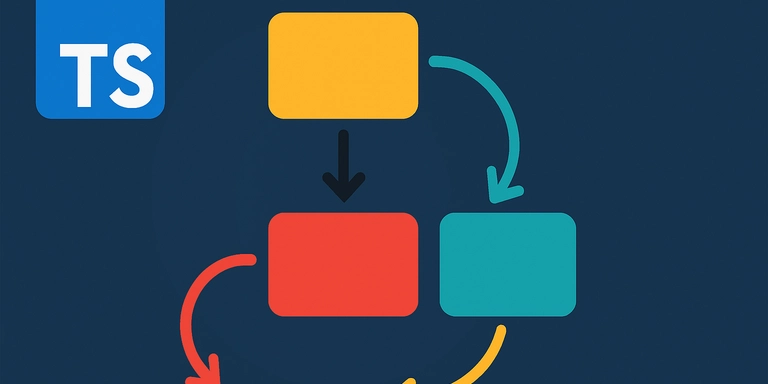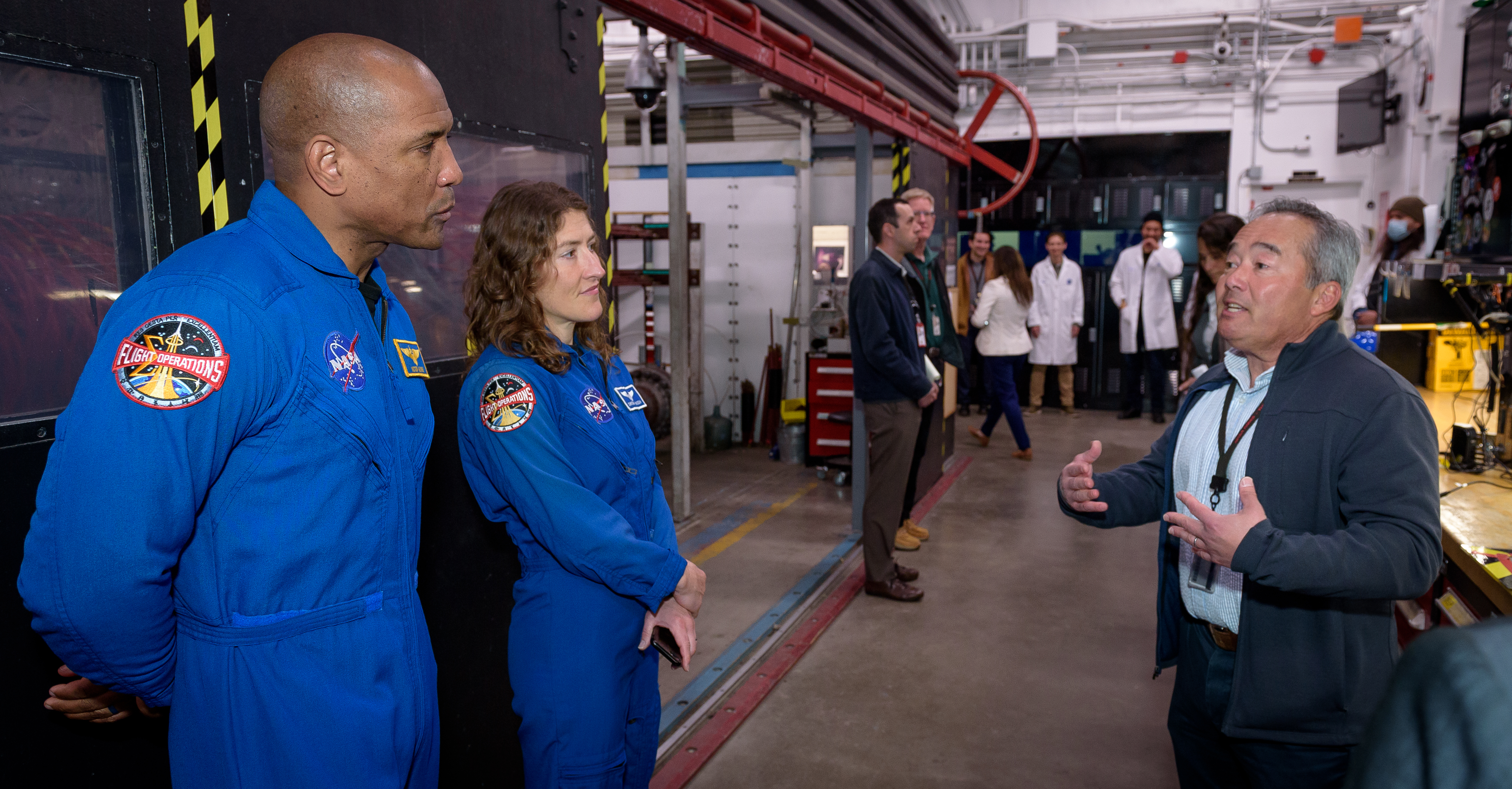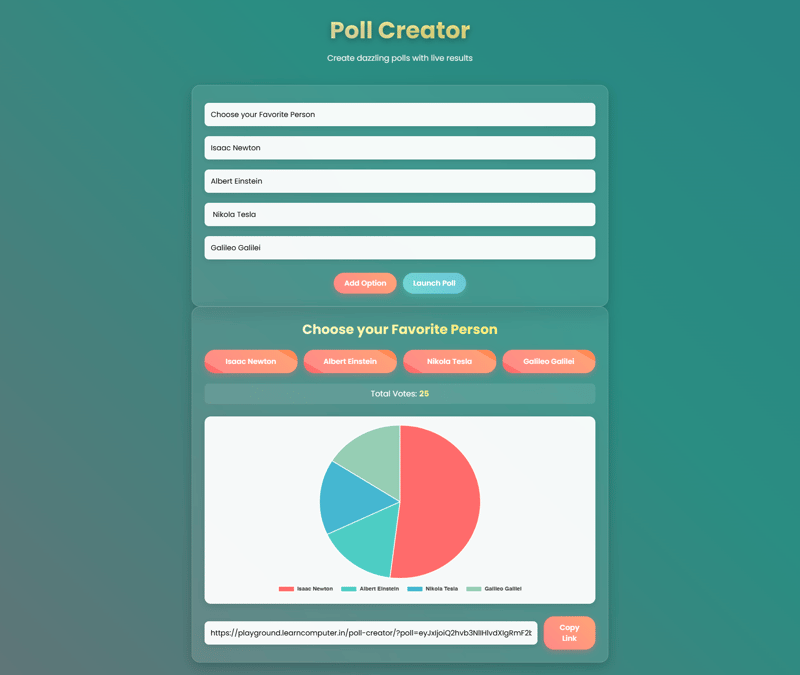AI-Driven DevOps: How AI is Changing CI/CD and Automation
Introduction In the fast-paced world of software development, automation and continuous integration/continuous deployment (CI/CD) pipelines have become indispensable. However, with the growing complexity of modern software systems, traditional DevOps practices are struggling to keep up with dynamic workloads, security concerns, and deployment failures. Enter AI-driven DevOps—a revolutionary approach that leverages artificial intelligence (AI) and machine learning (ML) to optimize and automate CI/CD processes, detect anomalies, and enhance system resilience. This blog explores the impact of AI in DevOps, its key benefits, use cases, implementation, and future potential. What is AI-Driven DevOps? AI-driven DevOps is the integration of AI and ML techniques into DevOps workflows to enhance automation, optimize operations, and improve software delivery processes. By leveraging AI-powered analytics, predictive monitoring, anomaly detection, and self-healing mechanisms, AI-driven DevOps helps teams to: Reduce human intervention in deployments and operations Enhance security and compliance through intelligent monitoring Improve efficiency in CI/CD pipelines with automated code testing and validation Optimize resource allocation and incident response with predictive analytics AI-driven DevOps is transforming traditional automation by making DevOps smarter, self-adaptive, and more efficient. How AI-Driven DevOps Works AI-driven DevOps relies on machine learning models and data analytics to optimize DevOps operations. The working principles include: Data Collection & Analysis: AI algorithms collect logs, system metrics, and CI/CD pipeline data to identify patterns. Anomaly Detection: AI detects unusual patterns in deployment failures, security threats, or infrastructure bottlenecks. Predictive Analytics: AI forecasts potential issues, such as system downtime, before they occur. Automated Decision-Making: AI suggests fixes or automatically resolves issues using self-healing mechanisms. Intelligent Automation: AI-driven test automation optimizes regression testing, reducing deployment time. Real-World Example Netflix uses AI-driven DevOps for auto-remediation and predictive failure detection in its cloud infrastructure. AI models analyze system logs, detect potential issues, and trigger automated corrective actions, ensuring seamless content delivery. Key Features & Benefits Key Features Intelligent Code Review: AI-driven tools analyze code for vulnerabilities and suggest improvements. Predictive Deployment Failures: AI predicts and mitigates deployment issues before rollout. Self-Healing Infrastructure: AI automatically fixes server or application failures. Automated Security Audits: AI scans configurations for security misconfigurations. Enhanced Observability: AI-driven monitoring tools provide deep insights into system health. Benefits ✅ Faster Software Delivery: AI-driven automation speeds up CI/CD pipelines. ✅ Reduced Operational Costs: AI optimizes resource utilization and minimizes downtime. ✅ Improved Reliability: AI ensures system stability with predictive maintenance. ✅ Enhanced Security: AI proactively detects and mitigates threats. ✅ Reduced Human Intervention: AI minimizes manual errors in deployments. Use Cases & Industry Adoption 1. AI-Powered CI/CD Pipelines AI tools like GitHub Copilot and DeepCode assist in AI-driven code analysis and auto-fixing bugs in CI/CD. 2. Incident Management & Auto-Remediation PagerDuty AI Ops uses AI to analyze incidents and suggest resolutions, reducing Mean Time to Resolution (MTTR). 3. Security & Compliance Automation Aqua Security uses AI to detect vulnerabilities in containerized applications. 4. Predictive Monitoring in CloudOps Google Cloud AIOps predicts failures and optimizes cloud resources automatically. Comparison with Alternatives Feature Traditional DevOps AI-Driven DevOps Automation Level Rule-based Self-learning AI Failure Detection Manual Logs AI-driven alerts Security Audits Periodic Continuous AI scans Deployment Speed Manual Approval AI-driven approvals Resource Optimization Fixed Thresholds AI Predictive Scaling Pros & Cons of AI-Driven DevOps ✅ Pros: Self-healing, predictive failure detection, enhanced security, faster deployments. ❌ Cons: Initial setup complexity, AI model training overhead, potential bias in AI decisions. Step-by-Step Implementation Step 1: Integrate AI into CI/CD Pipelines # Example AI-powered test automation in GitHub Actions name: AI Test Automation on: [push] jobs: test: runs-on: ubuntu-latest steps: - name: Checkout Code uses: actions/checkout@v2 - name: Run AI-Powered Tests run: ai-test-tool --analyze Step 2: Use AI for Anomaly Detection in L

Introduction
In the fast-paced world of software development, automation and continuous integration/continuous deployment (CI/CD) pipelines have become indispensable. However, with the growing complexity of modern software systems, traditional DevOps practices are struggling to keep up with dynamic workloads, security concerns, and deployment failures. Enter AI-driven DevOps—a revolutionary approach that leverages artificial intelligence (AI) and machine learning (ML) to optimize and automate CI/CD processes, detect anomalies, and enhance system resilience. This blog explores the impact of AI in DevOps, its key benefits, use cases, implementation, and future potential.
What is AI-Driven DevOps?
AI-driven DevOps is the integration of AI and ML techniques into DevOps workflows to enhance automation, optimize operations, and improve software delivery processes. By leveraging AI-powered analytics, predictive monitoring, anomaly detection, and self-healing mechanisms, AI-driven DevOps helps teams to:
- Reduce human intervention in deployments and operations
- Enhance security and compliance through intelligent monitoring
- Improve efficiency in CI/CD pipelines with automated code testing and validation
- Optimize resource allocation and incident response with predictive analytics
AI-driven DevOps is transforming traditional automation by making DevOps smarter, self-adaptive, and more efficient.
How AI-Driven DevOps Works
AI-driven DevOps relies on machine learning models and data analytics to optimize DevOps operations. The working principles include:
- Data Collection & Analysis: AI algorithms collect logs, system metrics, and CI/CD pipeline data to identify patterns.
- Anomaly Detection: AI detects unusual patterns in deployment failures, security threats, or infrastructure bottlenecks.
- Predictive Analytics: AI forecasts potential issues, such as system downtime, before they occur.
- Automated Decision-Making: AI suggests fixes or automatically resolves issues using self-healing mechanisms.
- Intelligent Automation: AI-driven test automation optimizes regression testing, reducing deployment time.
Real-World Example
Netflix uses AI-driven DevOps for auto-remediation and predictive failure detection in its cloud infrastructure. AI models analyze system logs, detect potential issues, and trigger automated corrective actions, ensuring seamless content delivery.
Key Features & Benefits
Key Features
- Intelligent Code Review: AI-driven tools analyze code for vulnerabilities and suggest improvements.
- Predictive Deployment Failures: AI predicts and mitigates deployment issues before rollout.
- Self-Healing Infrastructure: AI automatically fixes server or application failures.
- Automated Security Audits: AI scans configurations for security misconfigurations.
- Enhanced Observability: AI-driven monitoring tools provide deep insights into system health.
Benefits
✅ Faster Software Delivery: AI-driven automation speeds up CI/CD pipelines.
✅ Reduced Operational Costs: AI optimizes resource utilization and minimizes downtime.
✅ Improved Reliability: AI ensures system stability with predictive maintenance.
✅ Enhanced Security: AI proactively detects and mitigates threats.
✅ Reduced Human Intervention: AI minimizes manual errors in deployments.
Use Cases & Industry Adoption
1. AI-Powered CI/CD Pipelines
- AI tools like GitHub Copilot and DeepCode assist in AI-driven code analysis and auto-fixing bugs in CI/CD.
2. Incident Management & Auto-Remediation
- PagerDuty AI Ops uses AI to analyze incidents and suggest resolutions, reducing Mean Time to Resolution (MTTR).
3. Security & Compliance Automation
- Aqua Security uses AI to detect vulnerabilities in containerized applications.
4. Predictive Monitoring in CloudOps
- Google Cloud AIOps predicts failures and optimizes cloud resources automatically.
Comparison with Alternatives
| Feature | Traditional DevOps | AI-Driven DevOps |
|---|---|---|
| Automation Level | Rule-based | Self-learning AI |
| Failure Detection | Manual Logs | AI-driven alerts |
| Security Audits | Periodic | Continuous AI scans |
| Deployment Speed | Manual Approval | AI-driven approvals |
| Resource Optimization | Fixed Thresholds | AI Predictive Scaling |
Pros & Cons of AI-Driven DevOps
✅ Pros: Self-healing, predictive failure detection, enhanced security, faster deployments.
❌ Cons: Initial setup complexity, AI model training overhead, potential bias in AI decisions.
Step-by-Step Implementation
Step 1: Integrate AI into CI/CD Pipelines
# Example AI-powered test automation in GitHub Actions
name: AI Test Automation
on: [push]
jobs:
test:
runs-on: ubuntu-latest
steps:
- name: Checkout Code
uses: actions/checkout@v2
- name: Run AI-Powered Tests
run: ai-test-tool --analyze
Step 2: Use AI for Anomaly Detection in Logs
- Tool: Elastic Stack (ELK) with AI-powered Kibana dashboards.
- Example: AI alerts trigger automated fixes when unusual patterns are detected.
Step 3: Implement Self-Healing Mechanisms
- Use AI to automatically restart failed containers in Kubernetes.
apiVersion: apps/v1
kind: Deployment
metadata:
name: ai-self-healing-app
spec:
template:
spec:
containers:
- name: app
image: myapp:v1
livenessProbe:
httpGet:
path: /health
port: 8080
Latest Updates & Trends












































































